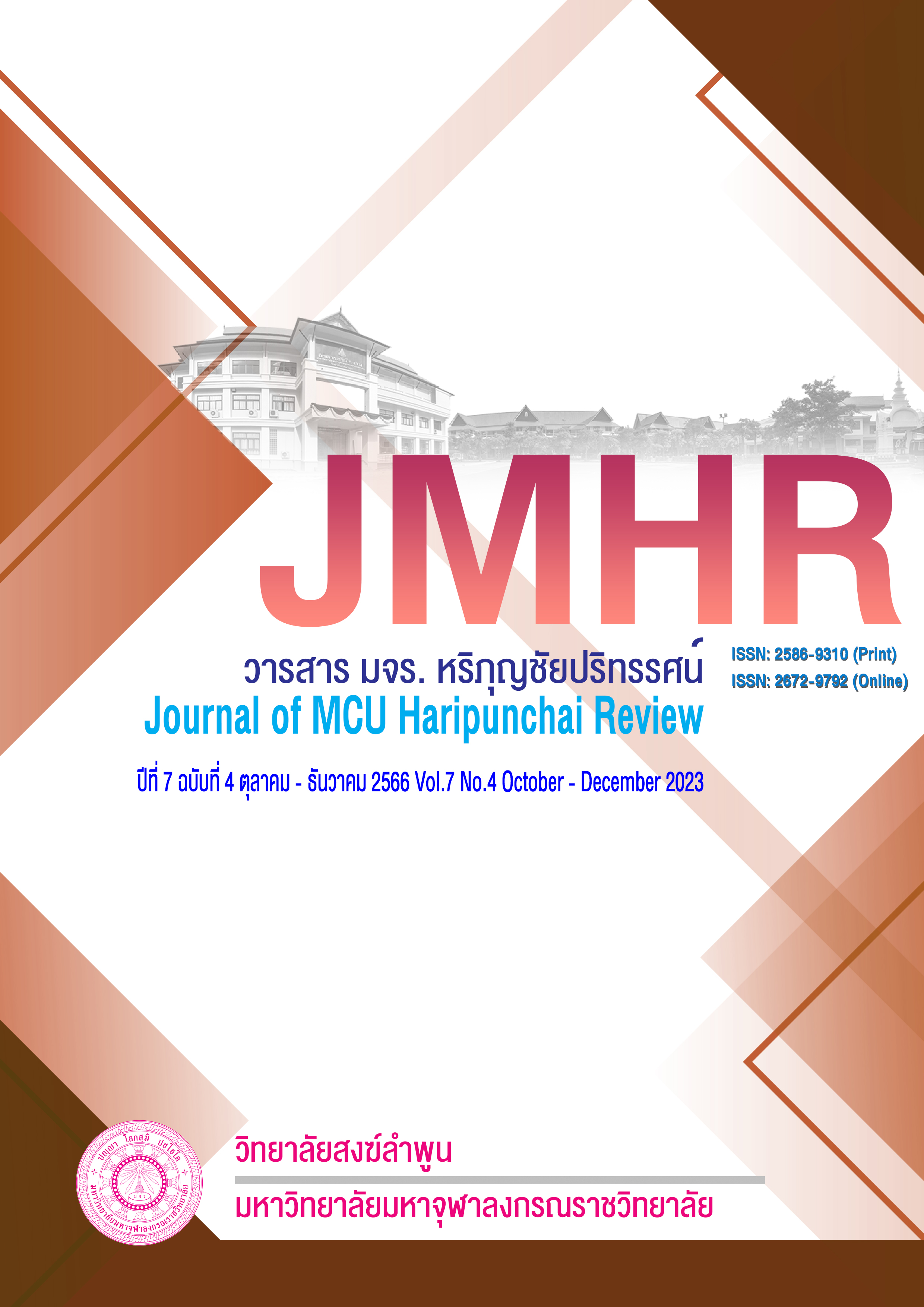Factors affecting saving behavior of Generation Y
Main Article Content
Abstract
The purpose of this research is to study the attitude or belief in saving of Generation Y group and to compare the attitude or belief in Generation Y's saving when classified by age. gender and education. The population groups used in this study are Generation Y, a total of 294 people. Data collection using questionnaires via Google Form. The statistics used for data analysis were by Sheffe.
The results showed that Most Generation Y groups are female, currently studying alone and having income not over 10,000 baht per month. While in the overall Generation Y females have more attitudes or beliefs in saving than males. In particular, the female Y generation will have an attitude or belief that saving makes money available for emergencies, and if saving today, we will be most comfortable tomorrow. While Generation Y males have an attitude or belief that Savings make the most money to spend in an emergency. When classified by age, it is found that the highest level of attitudes or beliefs of Generation Y in every age range have an attitude or belief that if you save money today, you will be comfortable tomorrow and that you will have money to save emergency spending was at the highest level. While Generation Y, aged between 20 - 24 years and 25 years - 29 years, have different attitudes or beliefs that saving money shows love for themselves differently with a statistical significance of 0.05
Article Details

This work is licensed under a Creative Commons Attribution-NonCommercial-NoDerivatives 4.0 International License.
References
ธนกิจ บุญลือ, & เฉลิมพร เย็นเยือก. (2018). ปัจจัยที่ส่งผลต่อความพึงพอใจในการออมเงินของ ประชาชนในจังหวัดปทุมธานี. Paper presented at the Rangsit Graduate Research Conference: RGRC.
ธานินทร์ ศิลป์จารุ. (2553). การวิจัยและวิเคราะห์ข้อมูลทางสถิติด้วย SPSS. กรุงเทพมหานคร : วี.อินเตอร์พริ้นท.
วิไลลักษณ์ เสรีตระกูล. (2557). ปัจจัยในการทำนายพฤติกรรมการออมของนักศึกษาในเขตกรุงเทพมหานคร. สุทธิปริทัศน์, 85.
ศิริวรรณ เสรีรัตน์และคณะ. (2548). การวิจัยตลาด: ฉบับมาตรฐาน. กรุงเทพมหานคร: Diamond in Business World.
สุดารัตน์พิมลรัตนกานต์, น. จ., ธีระวัฒน์จันทึก,. (2560). ปัจจัยแรงจูงใจการออม สภาพแวดล้อมใน
การออมและทัศนคติการออมที็่ส่งผลต่อพฤติกรรมการออมของนักศึกษาวิทยาลัยโลจิสติกส์
และซัพ พลายเชน มหาวิทยาลัยราชภัฏสวนสุนันทา. วารสารบริหารธุรกิจศรีนครินทรวิโรฒ, : 8.
Glass, A. J. I., & training, c. (2007). Understanding generational differences for competitive success. 39(2), 98-103.
Gursoy, D., Maier, T. A., & Chi, C. G. J. I. J. o. H. M. (2008). Generational differences: An examination of work values and generational gaps in the hospitality workforce. 27 (3), 448-458.
Howe, N., & Strauss, W. (2000). Millennials rising: The next great generation: Vintage.
Lancaster, L. C., & Stillman, D. (2011). The “M Factor-How the Millennial Generation is Rocking the Workpkace”. In: SAGE Publications Sage India: New Delhi, India.
Macky, K., Gardner, D., & Forsyth, S. J. J. o. M. P. (2008). Generational differences at work: Introduction and overview. 23(8), 857-861.
MoneyHUB. (2016). 10 ทัศนคติที่ดีในการออมเงิน ออมแล้วชีวิตรุ่ง ! Retrieved from https://moneyhub.in.th/article/why-you-have-to-save-money/
MoneyHUB. (2017). จับตาการออมของคน Gen Y ปัญหาน่าห่วงของคนยุคใหม่. Retrieved from https://moneyhub.in.th/article/gen-y-saving-money-problem/
Phuanpoh, Y. J. V. E.-J., Silpakorn University. (2014). การให้ความหมายรูปแบบและ กระบวนการออมของนักศึกษาระดับมหาบัณฑิต สาขาการประกอบการ. คณะวิทยาการ จัดการ มหาวิทยาลัยศิลปากร. 7(2), 251-266.
Reisenwitz, T. H., & Iyer, R. J. M. m. j. (2009). Differences in Generation X and Generation Y: Implications For The Organization And Marketers. 19(2).
Rondeau, A. (1992). Organizations: Behavior, Structure, Processes. In: JSTOR.
ThaiPBS. (2561). ผลสำรวจพบ Gen Y - Gen X มีเงินออมพอใช้ไม่ถึง 6 เดือน. Retrieved from https://news.thaipbs.or.th/content/272923


